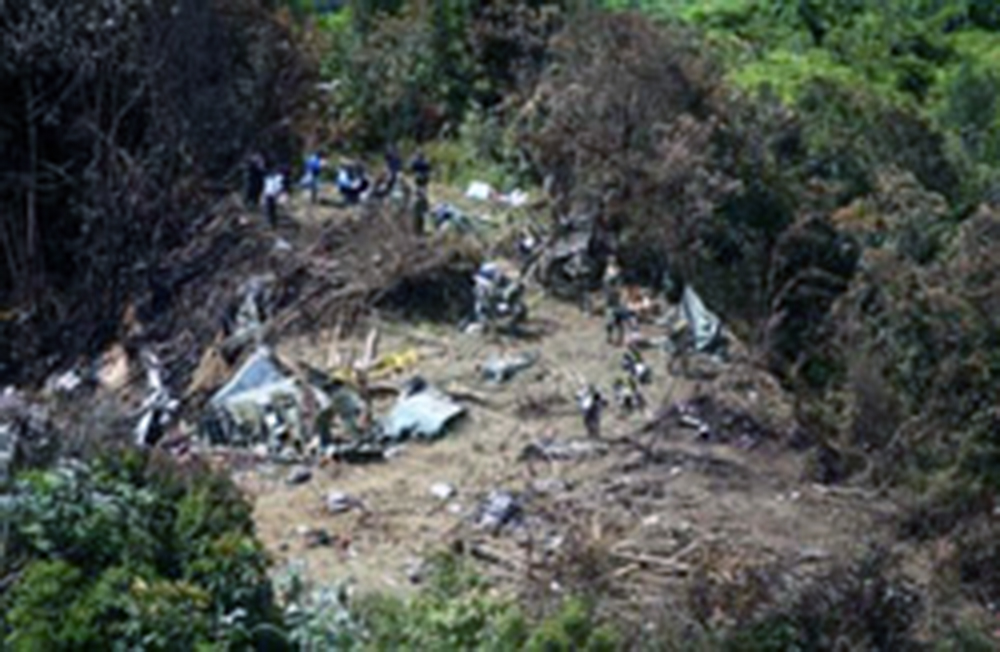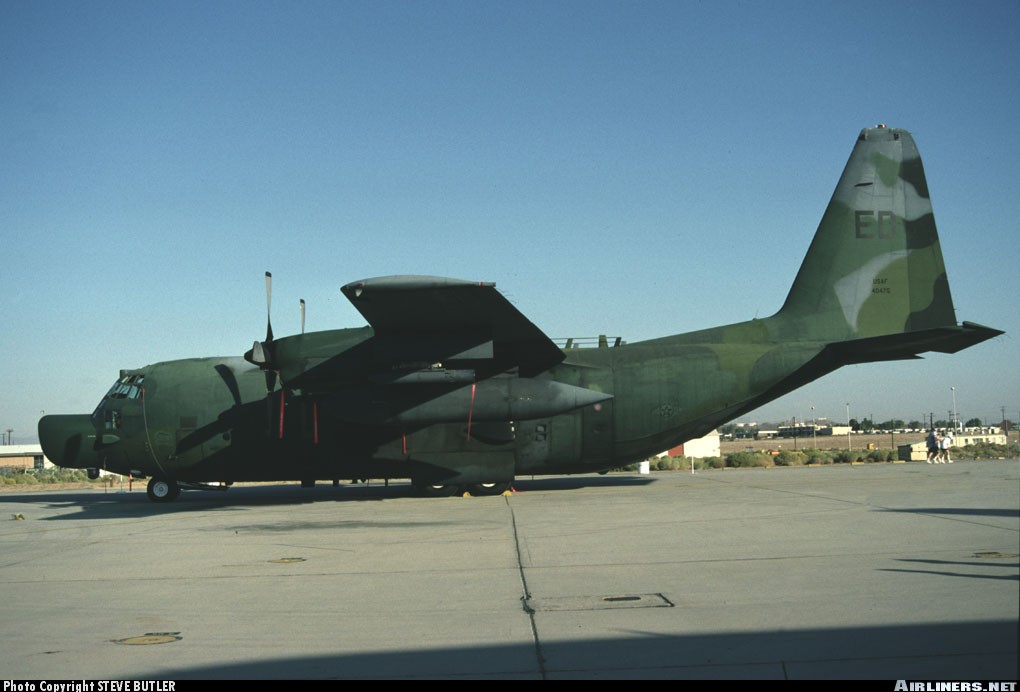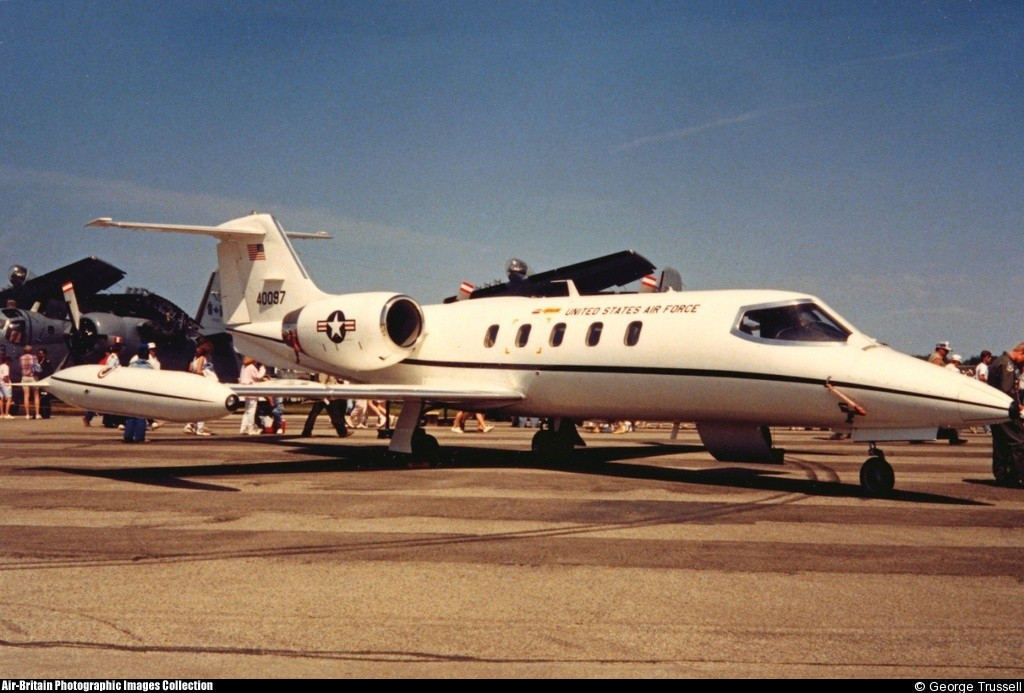Country
Operator Image
Crash of a Lockheed MC-130H Hercules in Caguas: 10 killed
Date & Time:
Aug 7, 2002 at 2050 LT
Registration:
90-0161
Survivors:
No
Schedule:
Roosevelt Roads - Roosevelt Roads
MSN:
5265
YOM:
1991
Crew on board:
10
Crew fatalities:
Pax on board:
0
Pax fatalities:
Other fatalities:
Total fatalities:
10
Circumstances:
The crew departed Roosevelt Roads NAS on a local training flight. In the evening, while returning the to NAS, the crew encountered poor weather conditions with low clouds, limited visibility and rain falls. While descending at low height, the crew suffered a loss of situational awareness and failed to respond to obstacle warnings. The four engine aircraft collided with trees and crashed on the top of Mt Perucho. The aircraft disintegrated on impact and all 10 crew members were killed.
Probable cause:
By clear and convincing evidence, the cause of this mishap was an uncharacteristic loss of situational awareness by the entire mishap flight deck crew and the subsequent lack of an appropriate response to obstacle warnings. The Board President further found the following factors substantially contributed to the mishap: overall crew preparation, a misdirected focus on the weather, crew resource management dynamics, and crew judgment as it relates to existing directives.

Crash of a Lockheed MC-130H Hercules in Sardeh Band: 3 killed
Date & Time:
Jun 12, 2002 at 2124 LT
Registration:
84-0475
Survivors:
Yes
MSN:
5041
YOM:
1985
Crew on board:
7
Crew fatalities:
Pax on board:
3
Pax fatalities:
Other fatalities:
Total fatalities:
3
Circumstances:
The four engine aircraft was dispatched at Sardeh Band Airstrip to exfiltrate US Army Special Forces troops. After takeoff, the aircraft encountered difficulties to gain height, stalled and crashed about 4 km from the airfield. Seven people were injured while three others were killed.
Probable cause:
The Accident Investigation Board President found by clear and convincing evidence that the cause of the flight mishap was the excessive cargo weight loaded on the mishap aircraft at the Band E Sardeh Dam landing zone. In particular, the weight was substantially more than the crew had planned for, and, as such, the previously planned, and later executed, takeoff speed was insufficient to support a successful takeoff and sustained flight departure by the aircraft. The Board President also found that a substantially contributing factor to the mishap was the current method of cargo weight planning utilized by the deployed ground forces, and accepted by the aircrews, that relies upon the personal estimations of personnel in the field as to the weight of cargo to be loaded on aircraft in a combat environment.

Crash of a Lockheed MC-130P Hercules in the Hindu Kush Mountain Range
Date & Time:
Feb 13, 2002 at 0230 LT
Registration:
66-0213
Survivors:
Yes
MSN:
4163
YOM:
1966
Crew on board:
8
Crew fatalities:
Pax on board:
0
Pax fatalities:
Other fatalities:
Total fatalities:
0
Circumstances:
On a mission for Special Forces, the four engine aircraft crashed in unknown circumstances in a snow covered area of the Hindu Kush Mountain Range, Afghanistan. All eight occupants were rescued while the aircraft was destroyed. USAF confirmed that the accident was not caused by hostile action.

Crash of a Learjet C-21A at Ellsworth AFB: 2 killed
Date & Time:
Feb 2, 2002 at 1430 LT
Registration:
84-0097
Survivors:
No
Schedule:
Ellsworth AFB - Ellsworth AFB
MSN:
35-543
YOM:
1984
Flight number:
Pacer 43
Crew on board:
2
Crew fatalities:
Pax on board:
0
Pax fatalities:
Other fatalities:
Total fatalities:
2
Circumstances:
The mishap aircraft, call sign Pacer 43, was conducting pattern work operations during an off-station training mission at Ellsworth AFB, SD (RCA). Shortly before impact, the mishap crew was conducting a simulated single-engine approach to runway 31 at Ellsworth AFB. Subsequent analysis showed that there was a significantly greater amount of fuel in the left wing and left wing tip tank than the right. The gross fuel imbalance resulted from an unmonitored transfer of fuel from the right wing and right wing tip tank to the left that was initiated by the crew approximately nine and one-half minutes before impact. As the aircraft approached the point when it would normally transition to a flare, it leveled off and began a climbing turn to the west, toward the tower. It did not touch down prior to the turn, but veered left immediately during the flare, and then rolled back to wings level momentarily as it climbed. The heavier left wing, and application of power to the right engine for the go-around, caused the aircraft to roll back into a steeper left turn, stayed in a climbing left turn with the bank continuing to increase until il rolled through more than 90 degrees of bank. As the aircraft reached the highest point of the climb (approximately 450 feet), the bank angle was more than 90 degrees, and perhaps slightly inverted as the nose dropped and the aircraft began to descend. The aircraft impacted the ground in a grassy field.
Probable cause:
The crew's failure to follow flight manual procedures for fuel transfer. As a result, the mishap aircraft experienced a fuel imbalance significant enough to cause the aircraft to enter an unsafe roll to the left from which the pilot was not able to recover.

Crash of a Lockheed C-130E Hercules in Kuwait City: 3 killed
Date & Time:
Dec 9, 1999 at 0250 LT
Registration:
63-7854
Survivors:
Yes
Schedule:
Kuwait - Kuwait
MSN:
3924
YOM:
1964
Crew on board:
8
Crew fatalities:
Pax on board:
86
Pax fatalities:
Other fatalities:
Total fatalities:
3
Circumstances:
On a night approach to Kuwait-Ahmed Al-Jaber AFB, the aircraft impacted the ground approximately 2,895 feet short and about 40 feet to the left of the runway centerline. On impact, the undercarriage were torn off and some penetrated the cabin floor. The crew initiated a go-around procedure and diverted to the Kuwait International Airport where he completed an emergency belly landing. Three passengers were killed while all other occupants were rescued. The aircraft was damaged beyond repair.
Probable cause:
Failure of the crew to follow the published procedures. The following contributing factors were identified:
- Crew complacency,
- The pilot-in-command suffered a spatial disorientation at a critical phase of the flight, resulting in the crew's loss of situational awareness and failing to recognize an unsafe descent,
- Lack of pilot leadership and discipline,
- Lack of support from the copilot, navigator, and flight engineer,
- Overall lack of sound judgment by the flight deck crew.
- Crew complacency,
- The pilot-in-command suffered a spatial disorientation at a critical phase of the flight, resulting in the crew's loss of situational awareness and failing to recognize an unsafe descent,
- Lack of pilot leadership and discipline,
- Lack of support from the copilot, navigator, and flight engineer,
- Overall lack of sound judgment by the flight deck crew.


